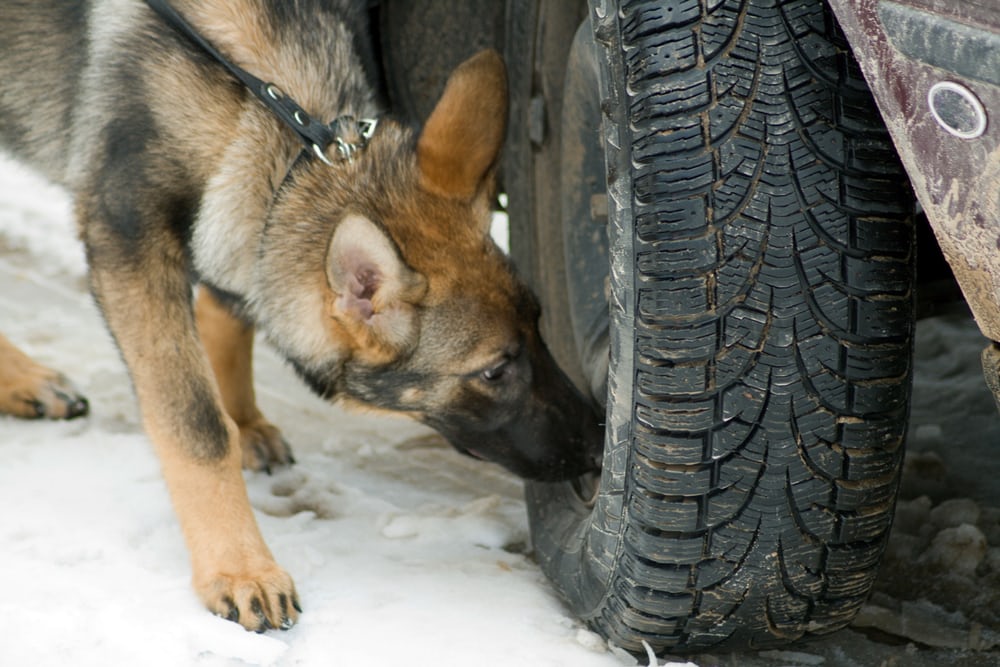When Pentagon declared that their six years of research costing $19 billion was still no match for the bomb detection abilities of a dog, the whole world was shocked in awe of the beast’s abilities. Scientists have been working on figuring out how a dog has these “supernatural” capabilities for decades, and it seems as though they finally have found an answer.
Just to give you a sense of how strong a dog’s sniffing sense is, Alexandra Horowitz, who is an assistant of psychology at Barnard College, writes In her book Inside of a Dog:
“While we might be able to tell if a teaspoon of sugar has been added to our coffee, place the same amount in a million gallons of water (roughly the equivalent of two Olympic-sized pools) and a dog would most likely be able to detect it.”
This incredible ability to sniff out even the faintest of odors makes the dogs the greatest bomb sniffers in crowded places such as airports and public transit areas, along with detecting odorless chemicals like TNT.
Training the dogs to be able to pull this off is not an easy task, though, and only a handful of breeds can be trained after rigorous practice and effort.
A mechanical engineer at National Institute of Standards and Technology (NIST), Matt Staymates, was also keen on getting to the bottom of this phenomenon. So in collaboration with the Massachusetts Institute of Technology’s Lincoln Laboratory and the US Food and Drug Administration, they figured out a scientific explanation of how dogs can sniff what no other animal can.
As it turned out, unlike humans, dog’s intake of air is divided into two parts, breathing and sniffing. Matt revealed that dogs have a complex olfactory system, which makes it possible to sniff out bombs. When it inhales, the air is divided into two different paths. The magic happens when the dog exhales, and the air leaves through the sides nose so that it doesn’t hinder the ability of smelling. The outgoing air entrains—or draws in—vapour-rich air into the nostrils. And during the next inhalation, these vapors are pulled into each nostril.
Staymates and his team confirmed the above observation when they created a 3D model of a Labrador retriever’s nose using the help of schlieren imaging – which is a technique used for simulating the flow of air around objects and a high-speed video camera.
After the study, they concluded that when compared with their own trace-detection devices, the artificial dog nose performed four times better. It was able to detect the vapors 10 cm (3.9 inches) away from the source and a whopping 18 times better when at a stand-off distance of 20 cm (7.9 inches).
The dog nose was then integrated with a commercially available detector, which improved its capability of detecting odors by a factor of 16 when placed at a distance of 4 cm (1.6 inches).
Creating a commercial dog nose is still a distant reality, as reliability and range of smell pose a challenge. This is “just a piece of the puzzle,” as Staymates notes.
“There ais lots more to be learned and to emulate as we work to improve the sensitivity, accuracy, and speed of trace-detection technology.”
Read more on the team’s findings in Scientific Reports.

